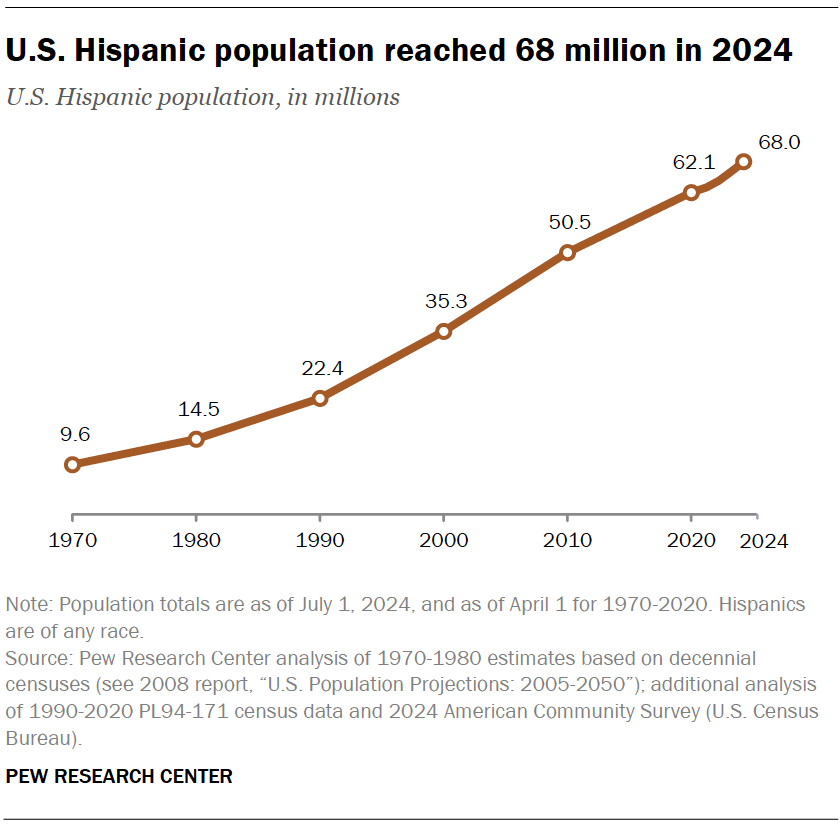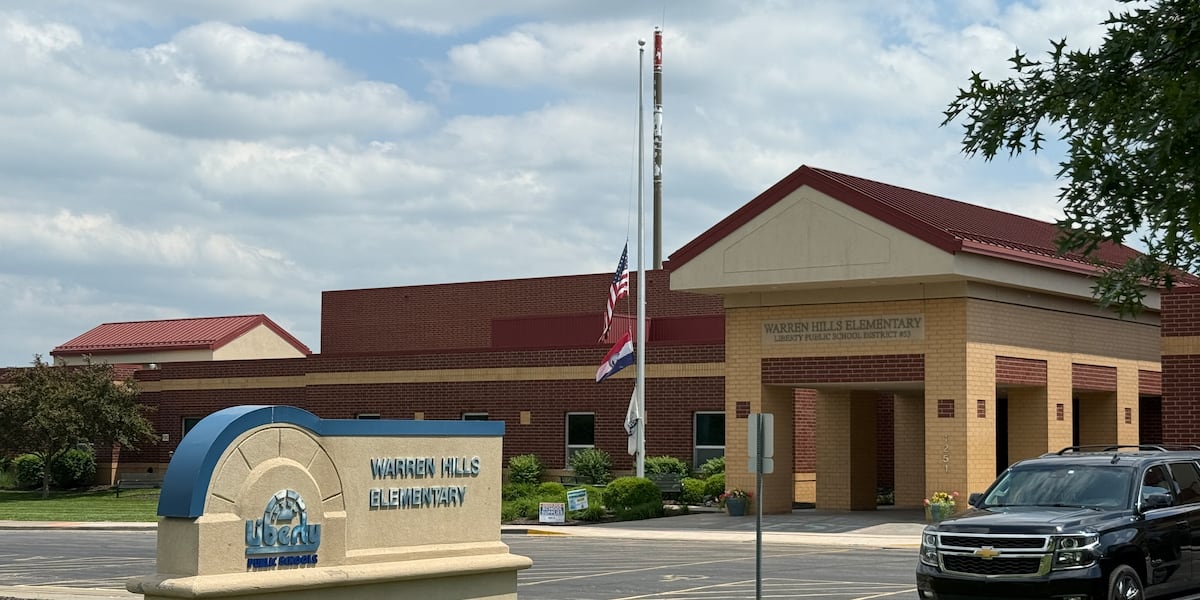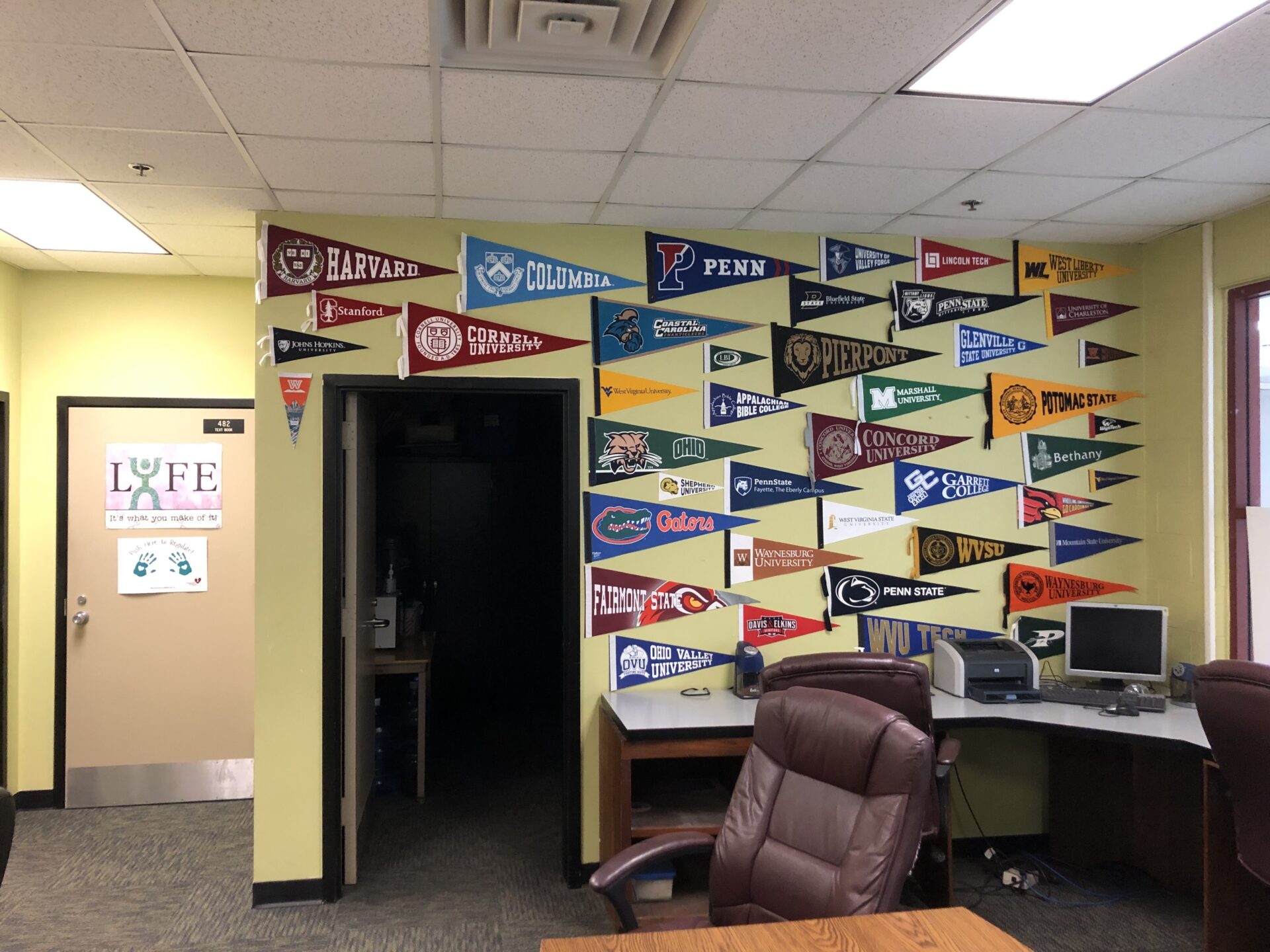Advancing Sustainable Development Goal 4: Quality Education through Open Educational Resources
Introduction: Addressing Educational Barriers
The rising cost of university course materials, particularly textbooks, presents a significant barrier to achieving Sustainable Development Goal 4 (SDG 4), which aims to ensure inclusive and equitable quality education for all. High costs can exacerbate inequalities (SDG 10) by disproportionately affecting students from lower socioeconomic backgrounds. In response, academic institutions like Penn State University Libraries are championing Open Educational Resources (OER)—freely used, shared, and adapted learning materials—to make education more affordable and accessible.
The Challenge of Integrated Commercial Systems
A primary obstacle to wider OER adoption is the practice of commercial publishers bundling digital textbooks with proprietary and costly homework systems. Students are often required to purchase access to these systems to complete assignments, which negates the cost-saving benefits of OER. This challenge prompted a pilot study to explore viable, open-source alternatives that align with the principles of equitable education.
A Collaborative Pilot Study on Open Homework Systems (SDG 17)
Project Overview and Partnership
In alignment with SDG 17 (Partnerships for the Goals), a pilot study was conducted by the Big Ten Academic Alliance (BTAA) to assess the efficacy of combining OER with open-source homework systems. The project represents a multi-stakeholder collaboration involving:
- Penn State University Libraries
- The University of Minnesota
- Northwestern University
Funded by the Institute of Museum and Library Services (IMLS), the project sought to develop a sustainable model for supporting open homework systems, thereby advancing shared knowledge and strengthening the collaborative capacity of libraries to serve their communities.
Methodology
The study involved seven faculty members across the three partner institutions who implemented OER textbooks alongside an open homework system in 10 courses for one semester. The systems piloted included WeBWorK, Pressbooks Results, OpenStax Assignable, Doenet, and tutorialExtras. Data was collected through faculty interviews and follow-up surveys with 193 student participants.
Key Findings and Impact on Educational Equity
Faculty Perspectives on Open Platforms
Faculty participants reported positive impressions of the open homework systems, indicating a strong potential for these tools to support quality teaching and learning. Key findings include:
- All participating faculty stated they would continue using the systems and recommend them to colleagues.
- Valued features included automatic grading capabilities and seamless integration with the university’s Learning Management System (Canvas at Penn State).
- The systems provided valuable insights into student learning activity, enabling instructors to better adapt their teaching to student needs.
- Faculty credited the systems with increasing student engagement and academic achievement, which are central tenets of SDG 4.
Student Outcomes and Accessibility (SDG 4, Target 4.a)
Student feedback demonstrated that open homework systems are effective and equitable learning tools. The results strongly support the push for more inclusive educational environments as outlined in SDG 4.
- Enhanced Learning: Students reported that the systems significantly contributed to their success by providing immediate feedback, deepening their understanding of course content, and preparing them for assessments.
- Quality and Comparability: 49% of student respondents found the open systems to be better than commercial systems they had used previously, with 50% finding them comparable. This indicates that a transition to open-source platforms does not compromise quality.
- Inclusive Access: Critically, 100% of students who required assistive technology or special accommodations found the systems to be accessible. This finding directly addresses SDG Target 4.a, which calls for building and upgrading education facilities and learning environments that are disability-sensitive and inclusive for all.
Strategic Recommendations and Future Directions
The Role of Libraries in Scaling Inclusive Education
The study concludes that academic libraries are pivotal in advancing the adoption of open homework systems. Libraries can serve as central hubs to manage the complex technical, security, and accessibility reviews required for implementation, thereby removing significant barriers for faculty. By expanding their OER support to include these systems, libraries can play a more integral role in creating an equitable and affordable educational ecosystem.
Developing Replicable Models for Global Goals
The project team plans to leverage its findings to promote the broader adoption of open educational technologies. Future actions include:
- Developing a toolkit and an open-source homework systems matrix for libraries to use as part of their OER programs.
- Disseminating insights to ensure the model can be replicated by any institution committed to the Sustainable Development Goals.
- Securing additional funding to expand access to open-homework systems across the entire BTAA consortium.
These steps will help build a sustainable framework for reducing educational costs and increasing equity, moving higher education closer to the vision outlined in the UN’s 2030 Agenda for Sustainable Development.
1. Which SDGs are addressed or connected to the issues highlighted in the article?
- SDG 4: Quality Education: The article’s central theme is improving the quality and accessibility of higher education by addressing the high cost of course materials through Open Educational Resources (OER) and open-source homework systems.
- SDG 10: Reduced Inequalities: By providing no-cost alternatives to expensive textbooks, the initiative promotes economic inclusion and ensures that students from all financial backgrounds have an equal opportunity to access learning materials. It also specifically addresses inclusion for students with disabilities.
- SDG 17: Partnerships for the Goals: The project is a collaborative effort involving multiple universities (Penn State, University of Minnesota, Northwestern University), a consortium (Big Ten Academic Alliance), and a funding body (Institute of Museum and Library Services), demonstrating a multi-stakeholder partnership to achieve educational goals.
2. What specific targets under those SDGs can be identified based on the article’s content?
-
SDG 4: Quality Education
- Target 4.3: By 2030, ensure equal access for all women and men to affordable and quality technical, vocational and tertiary education, including university.
Explanation: The article directly addresses this target by focusing on OER as a solution to the “rising costs of course materials” which “presented significant challenges to an affordable education for college students.” The goal is to make tertiary education more affordable. - Target 4.a: Build and upgrade education facilities that are child, disability and gender sensitive and provide safe, non-violent, inclusive and effective learning environments for all.
Explanation: The article highlights the inclusivity of the open homework systems, stating they are “highly accessible for students with disabilities; 100% of those who indicated that they required assistive technology or special accommodations for learning found the systems to be accessible.” This contributes to creating an inclusive and effective learning environment.
- Target 4.3: By 2030, ensure equal access for all women and men to affordable and quality technical, vocational and tertiary education, including university.
-
SDG 10: Reduced Inequalities
- Target 10.2: By 2030, empower and promote the social, economic and political inclusion of all, irrespective of age, sex, disability, race, ethnicity, origin, religion or economic or other status.
Explanation: The initiative promotes economic inclusion by removing the financial barrier of expensive textbooks, which disproportionately affects students from lower-income backgrounds. The article notes that OER helps to “reduce costs and increase educational equity.” Furthermore, the confirmed accessibility for students with disabilities directly supports their inclusion.
- Target 10.2: By 2030, empower and promote the social, economic and political inclusion of all, irrespective of age, sex, disability, race, ethnicity, origin, religion or economic or other status.
-
SDG 17: Partnerships for the Goals
- Target 17.17: Encourage and promote effective public, public-private and civil society partnerships, building on the experience and resourcing strategies of partnerships.
Explanation: The project described is a partnership between several public universities within the Big Ten Academic Alliance (BTAA) and is funded by a grant from the Institute of Museum and Library Services (IMLS). The article states the project team “joined forces with colleagues at the University of Minnesota and Northwestern University” to develop a model, exemplifying a public partnership to advance shared knowledge.
- Target 17.17: Encourage and promote effective public, public-private and civil society partnerships, building on the experience and resourcing strategies of partnerships.
3. Are there any indicators mentioned or implied in the article that can be used to measure progress towards the identified targets?
- Proportion of faculty using OER: The article mentions a preliminary survey where “About two-thirds of faculty who responded… said they already use OER in their classes,” which can serve as a baseline indicator for OER adoption.
- Cost reduction for students: The primary goal is to provide “no-cost or low-cost learning and teaching materials.” The difference in cost between commercial textbooks and OER is a direct indicator of financial savings for students.
- Student perception of quality and effectiveness: The article provides quantitative data from student surveys: “50% of the students found these open systems to be comparable to homework systems they used in other course, while 49% reported that they were better than previously used systems.” This measures the quality of the educational resources.
- Accessibility for students with disabilities: A direct and powerful indicator is mentioned: “100% of those who indicated that they required assistive technology or special accommodations for learning found the systems to be accessible.”
- Number of collaborative partnerships: The project itself, involving “three institutions” (Penn State, University of Minnesota, Northwestern) as part of the “Big Ten Academic Alliance (BTAA) pilot study,” is an indicator of partnership. The plan to expand “across the entire BTAA consortium” points to scaling this indicator.
4. SDGs, Targets, and Indicators Table
| SDGs | Targets | Indicators |
|---|---|---|
| SDG 4: Quality Education | 4.3: Ensure equal access to affordable and quality tertiary education. |
|
| SDG 4: Quality Education | 4.a: Build and upgrade education facilities to be inclusive and effective learning environments for all. |
|
| SDG 10: Reduced Inequalities | 10.2: Empower and promote the social and economic inclusion of all. |
|
| SDG 17: Partnerships for the Goals | 17.17: Encourage and promote effective public partnerships. |
|
Source: psu.edu







